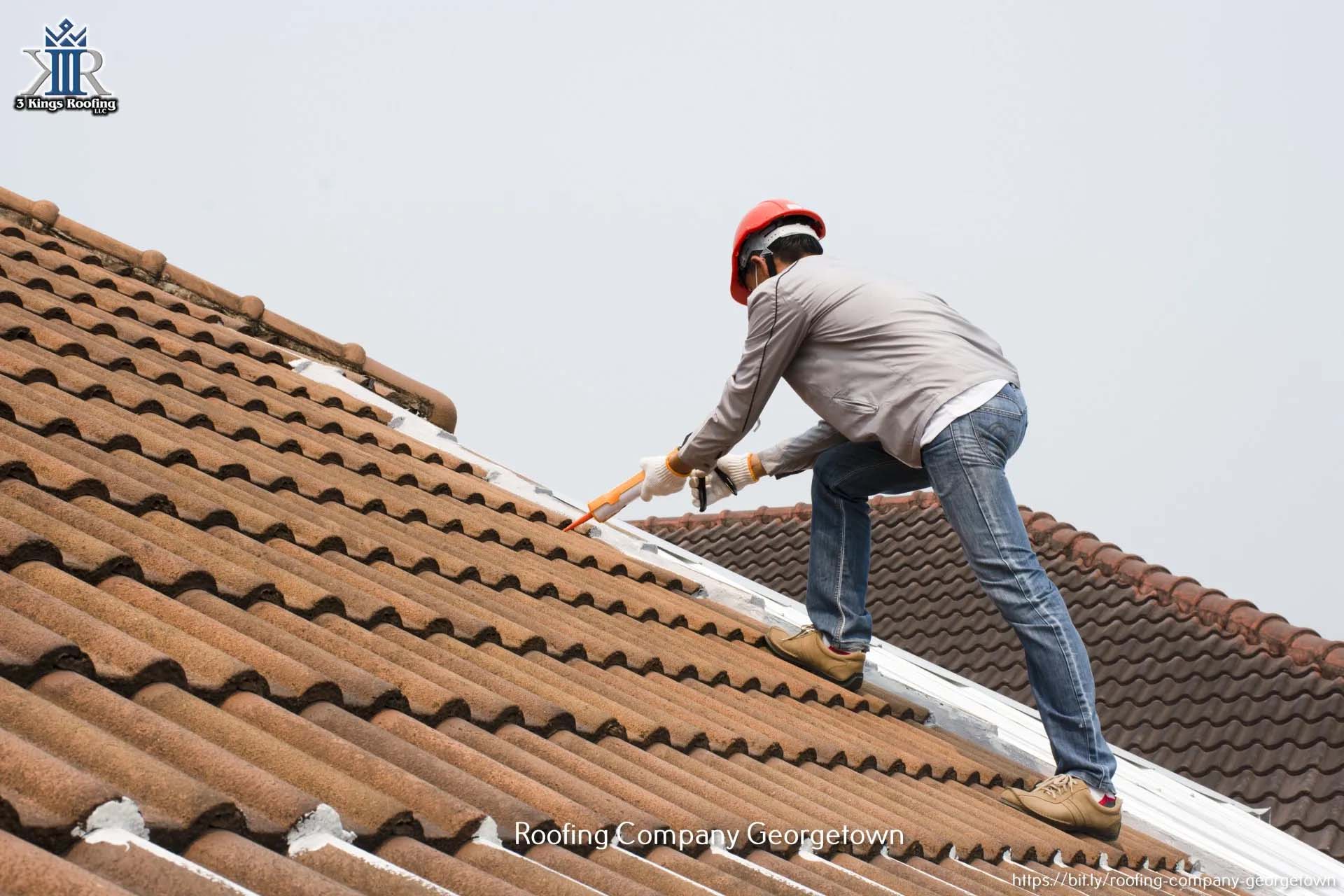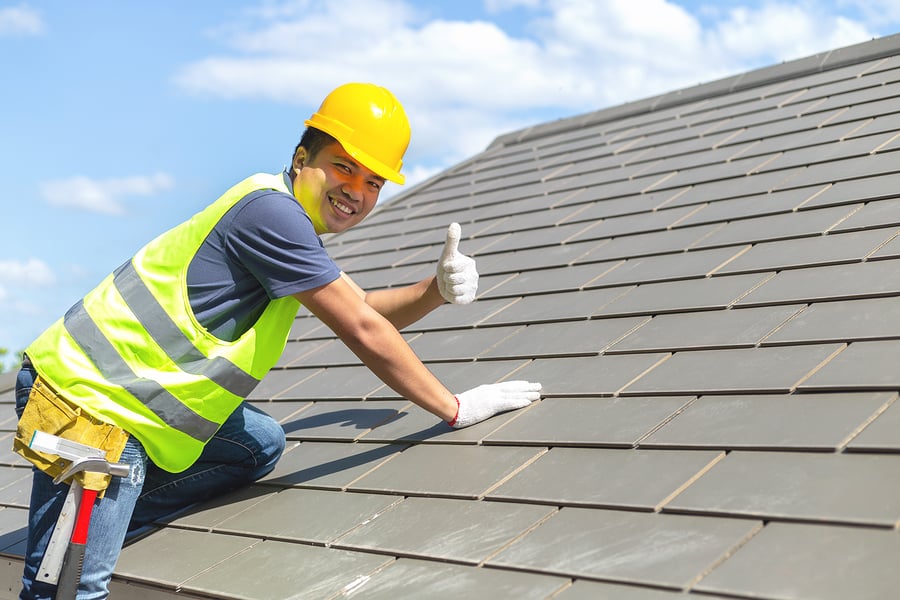Trusted Flat Roof Installation in Cuyahoga Falls by Experienced Roofing Professionals
Trusted Flat Roof Installation in Cuyahoga Falls by Experienced Roofing Professionals
Blog Article
A Comprehensive Guide to Effective Roofing Flat Roof Covering Installation
The intricacies of flat roof installment need a meticulous strategy, beginning with a thorough understanding of different level roof covering kinds and the important products needed for optimal efficiency. An effective setup hinges not just on the choice of products yet also on the preparation and implementation of each action involved in the process.
Recognizing Flat Roofing System Types
When taking into consideration flat roof coverings, it is vital to understand the various types offered, as each offers unique advantages and negative aspects customized to details needs. One of the most usual kinds of flat roofs include Built-Up Roof covering (BUR), Modified Asphalt, and Single-Ply membranes.
Built-Up Roof covering includes numerous layers of asphalt and gravel, supplying exceptional longevity and climate resistance. It is specifically beneficial in areas prone to serious weather but may require more upkeep because of its complex construction.
Modified Bitumen is a prominent selection for its simplicity of installment and adaptability. It often uses a torch-applied or self-adhesive method, which can be beneficial for quick repair work and lasting efficiency. Its life-span can be shorter compared to BUR.
Single-Ply membranes, including Thermoplastic Olefin (TPO) and Ethylene Propylene Diene Monomer (EPDM), are acknowledged for their lightweight nature and power performance. These products are usually favored for commercial structures due to their cost-effectiveness and convenience of setup (Cleveland Roofing Specialists). However, they might not give the very same level of insulation as other options.
Each roofing kind needs cautious factor to consider based upon climate, spending plan, and specific project needs.
Important Products for Flat Roof Covering
A range of necessary materials are vital for the successful installment of level roof. The selection of products directly impacts resilience, performance, and overall performance.
One of the key materials is the roof membrane layer, which can be created from various compounds such as polycarbonate polyolefin (TPO), ethylene propylene diene monomer (EPDM), or PVC. Each type provides one-of-a-kind benefits, including UV resistance and adaptability, which are vital for extended efficiency.
In enhancement to the membrane, insulation products play a significant function in energy efficiency. Stiff foam boards or polyisocyanurate insulation are preferred selections, as they give exceptional thermal resistance and moisture monitoring.
Moreover, roof adhesives and sealants are crucial for making certain a watertight setup. These products should work with the chosen membrane to protect against damage over time.
Getting Ready For Installation
Correct prep work is important for an effective flat roofing installation, as it lays the groundwork for a efficient and durable roof covering system. Begin by carrying out a complete examination of the existing roofing framework.
Following, gather all needed devices and materials, making certain that they fulfill industry requirements. This consists of water resistant membrane layers, insulation, blinking, and fasteners. Familiarize on your own with the supplier's requirements, as adherence to these guidelines is important for guarantee objectives.
In addition, make certain that the workspace is clear of particles and blockages to facilitate efficient and risk-free installation. Consider weather condition conditions; prevent installation throughout hefty rainfall or extreme temperatures, which can influence material efficiency. Inform any passengers of the structure about the forthcoming job to ensure security and minimize disruptions. By taking these primary actions, you can improve the possibility of a successful level roof installment that meets both visual and structural requirements.
Step-by-Step Installment Process
With the foundation established via extensive preparation, the next stage entails performing the flat roof covering installation methodically. This action is critical for keeping the roofing's stability over time.
Adhering to the vapor obstacle installment, lay down insulation boards, guaranteeing they fit firmly with learn this here now each other to decrease thermal connecting. Protect the insulation with suitable bolts based on the roof kind and local building regulations. Once the insulation is in area, it's time to apply the roof covering membrane layer. Depending upon the picked product-- such as TPO, EPDM, or changed asphalts-- set up the membrane layer according to the maker's specs.
Make sure appropriate overlap at seams and sides to develop a water tight seal. Use adhesives, mechanical fasteners, or warm welding as needed. Mount flashing around boundaries, vents, and any roofing system infiltrations to improve waterproofing. After installment, perform a comprehensive inspection to identify any type of potential problems prior to wrapping up the job, guaranteeing a reputable and robust level roof system.
Maintenance Tips for Longevity
Normal maintenance is important to make sure the longevity and performance of a flat roofing. Among the key tasks is to perform routine evaluations at the very least two times a year, preferably in spring and autumn. Throughout these inspections, search for signs of wear, such as blisters, fractures, or merging water, which can suggest underlying issues.

Making certain appropriate drain is critical to avoid water build-up. Examine and clear seamless gutters, downspouts, and scuppers to assure unblocked water flow. In addition, check seals around vents, skylights, and other penetrations for any indications of damage, using caulk or sealant as needed to keep a water tight barrier.
Last but not least, consider expert upkeep solutions every few years for detailed maintenances. By sticking to these maintenance tips, you can significantly extend the life of your level roof, ensuring it remains a reliable guard versus the aspects.
Conclusion
Efficient flat roofing system installation necessitates an organized method including complete inspections, product selection, and meticulous prep work. Sticking to the outlined actions throughout the setup procedure ensures the appropriate application of roofing membranes and insulation while improving waterproofing via efficient blinking installment.
The get redirected here intricacies of flat roofing system installment demand a careful approach, beginning with a detailed understanding of numerous level roof covering types and the crucial products needed for optimum efficiency.Proper preparation is important for a successful flat roof installation, as it lays the groundwork for a reliable and long lasting roofing system. After installment, carry out a complete examination to identify Full Article any kind of possible concerns prior to ending the project, guaranteeing a durable and reputable flat roof system.

Report this page